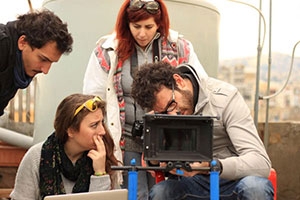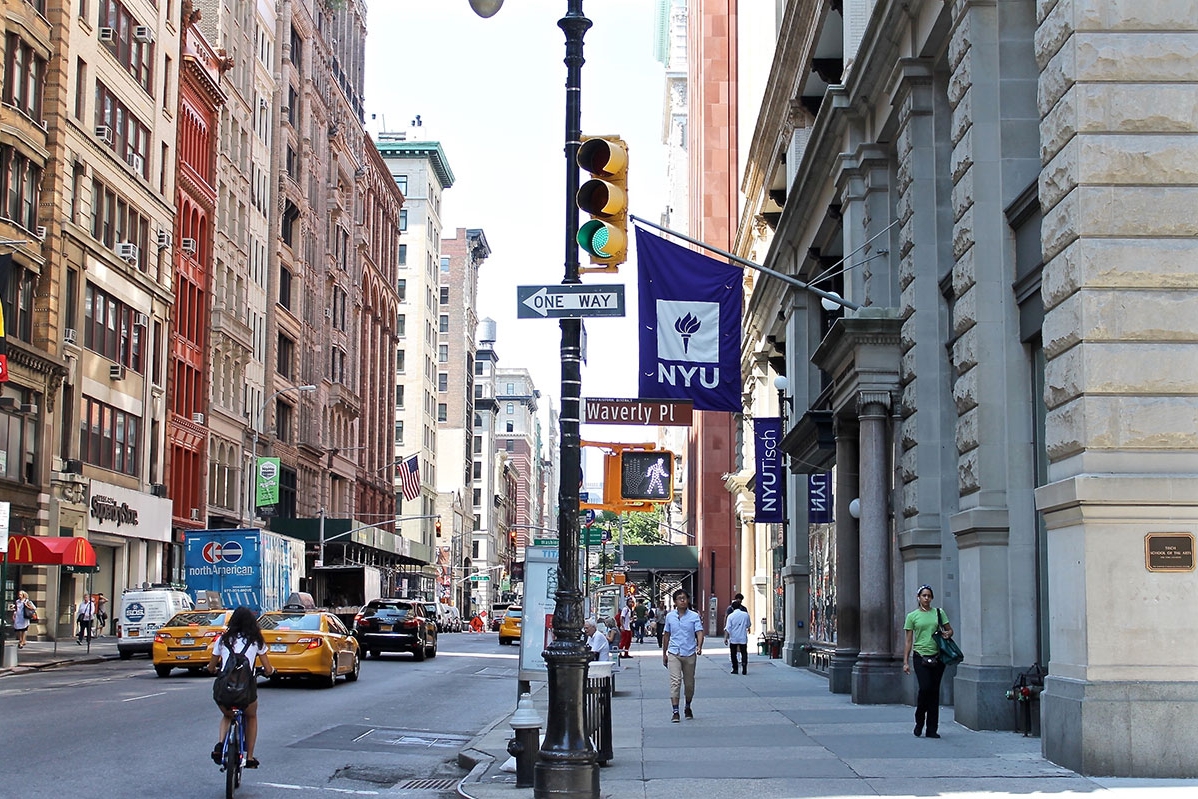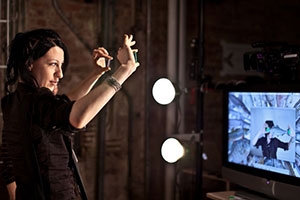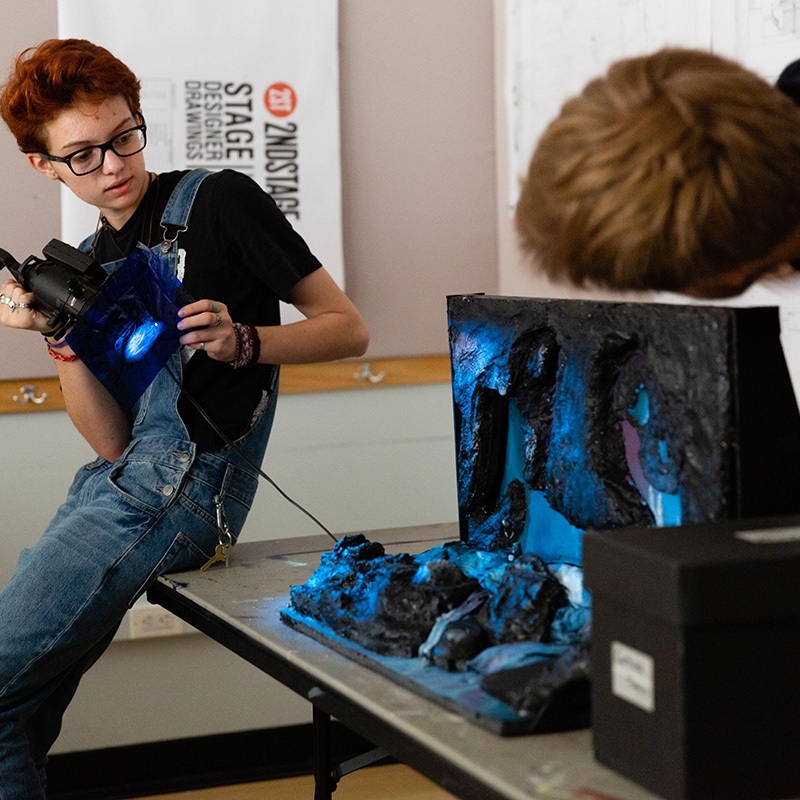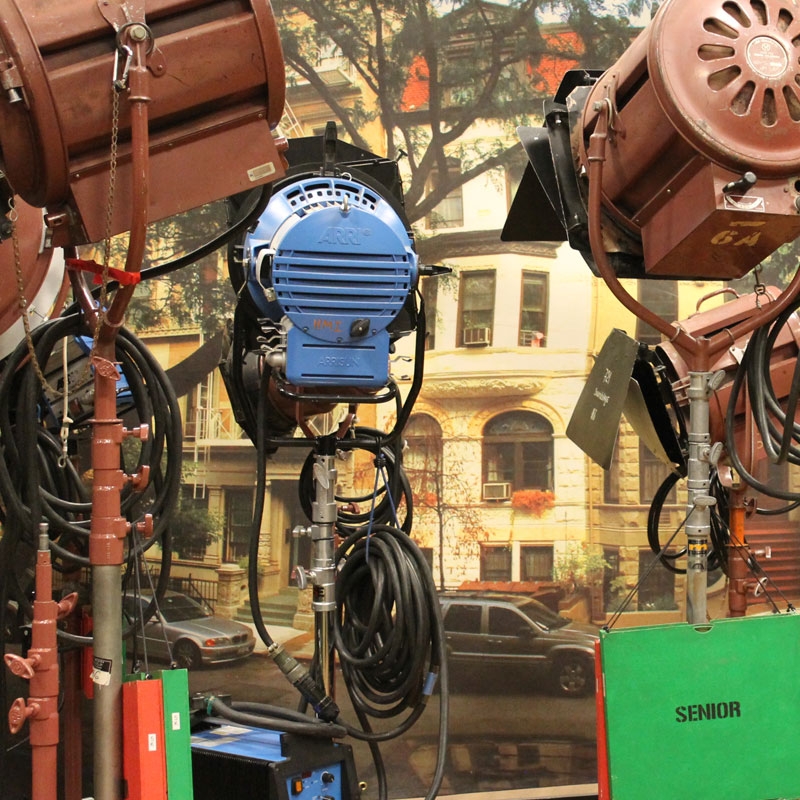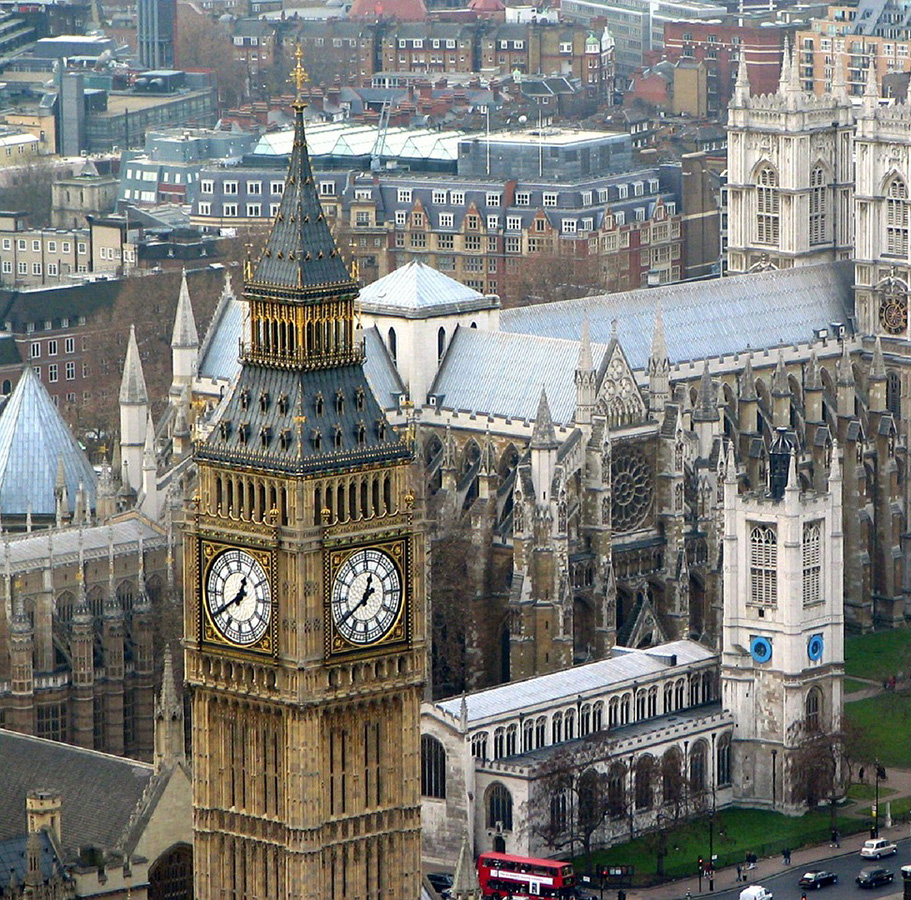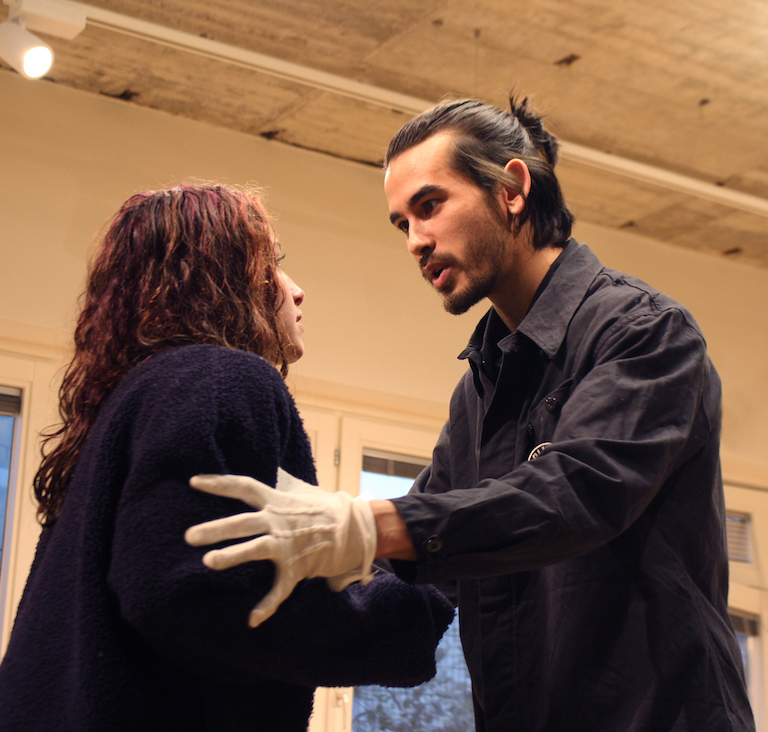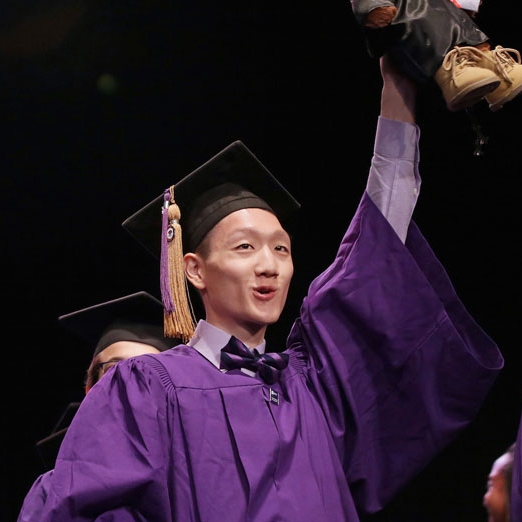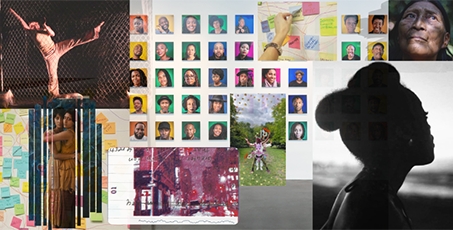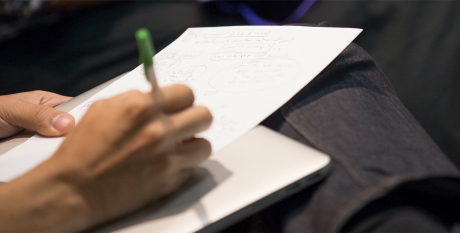Introduction to Animation Techniques
A beginning production course in which students learn the basic principles of animation, develop visual language, storytelling, observation, and communication skills. A freshman core production selection, but open to students at all levels. It is the prerequisite for several of the other animation and visual effects courses. Prior drawing experience is not necessary.
The first half of the semester consists of weekly exercises in which students explore various styles and methods of animation including optical toys, stop motion, traditional drawn, and 2D digital animation. Students will be introduced to programs including Dragon Stop Motion, After Effects, Avid, Flash, and Photoshop. Various technical topics covered include aspect ratio, frame rates, storyboarding, editing animatics, scanning, working with image sequences, alpha channels, vector vs. raster art, compositing, rendering, using a Cintiq, and shooting stills with DSLR camera. During the second half of the semester students will complete a 15-30 second animated film with sound.
